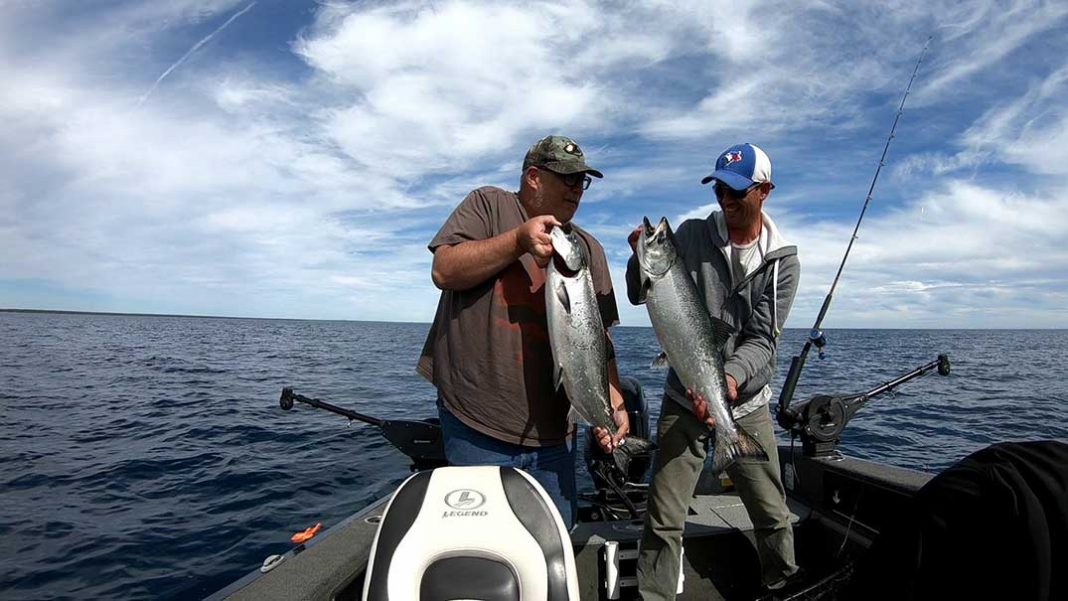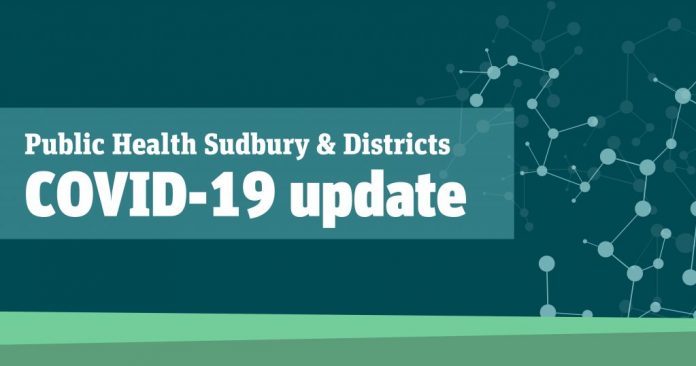Every week I receive a plethora of questions about fishing. The most common being ‘how do you know what to use and when?’ It seems easy enough for most anglers on the surface, but the more I pondered it, the more complex the question becomes.
I think one of the main reasons I enjoy fishing so much is that it continually changes. No scenario is the same from one day to the next. Wind direction, water temperature, morning, afternoon and night are all but a few of the factors that come into play when fishing.
Most of the time, I don’t even think about all the variables in play. I get out there and fish. Not to say I am not conscious of them, but I have been fishing for so long it is just second nature for me to accommodate all the different possibilities.
I would say that if I could pass on one thing that will catch you more fish, it would be to fish where they are and use what they are eating. Now this may sound absurd, however the biggest mistake I see anglers make is to fish in a location where no fish are likely to be and with the wrong bait.
Now, it would be impossible to explain or even attempt to list all the locations that you should be fishing. This knowledge will come with time and practice. What I will say is before you head out and drop your line in the water, ask yourself a few simple questions that will take a lot of the guesswork out of fishing.
‘Is there a structure or another reason that fish will be in the location I am fishing?’ is the golden rule I ask myself every time I head out. Fish need a reason to be there. Be it a weed bed, drop-off or rock pile, you must have a location that fish will generally tend to congregate around. They will be there for either safety, feeding or as a transition area that leads to food.
Once I am sure of where the fish should be, I always ask myself, ‘What are the fish likely to be eating?’ This question is where things get more involved. Fish change their feeding habits regularly during the season. It will take some research on your part to know what’s happening down there. I will help you out a bit; it is not just minnows.
Bugs, leeches and crawfish make up a considerable portion of most diets of fish. It is not uncommon to open up a June walleye only to see that it has been gorging itself on fish flies. I am not saying that you need to switch to tiny flies to catch more fish, but what I am saying is you need to adapt your presentation.
Perhaps go smaller, change your colour presentation, slow down the troll. These are all factors in catching more fish. If it is not working, then you are doing something wrong and need to adjust.
I will give you an example in terms of salmon fishing. Have you ever noticed that 90 percent of the fish seem to be caught by 10 percent of the anglers? It is not because of good luck or happening to be in the right place at the right time.
I will head out of the South Baymouth marina and go straight to structure. I troll around the points, pinnacles and reefs down the shoreline towards Michael’s Bay. I may not even mark a fish, but I will continue to target these areas. Why, you ask? I know that is where the bait is most likely to be for its safety, and if there is bait around the salmon and trout will soon be as well. I will not willy-nilly troll a flat bottom that presents no cover, no structure and no bait. I would be wasting my time.
Find the food source, and you will catch fish. This principle applies to all species, not just salmon. It sounds simple enough, but it isn’t. The great thing about fishing is the practice you get. For me, every day out on the water is just another practice session.
Get off the couch and get out there and do some practicing.
Tight lines,
Dave





